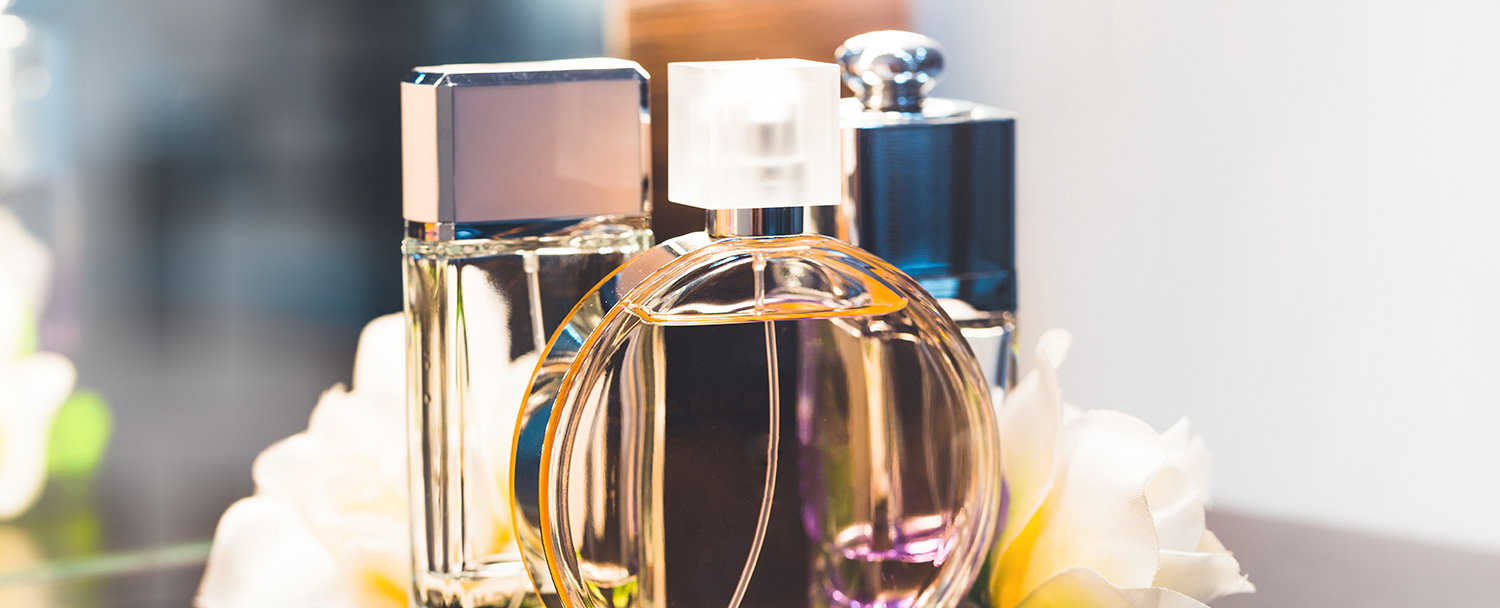BUTYLPHENYL METHYLPROPIONAL AND ITS NEW CLP CLASSIFICATION
Butylphenyl Methylpropional, commonly known as Lilial or p-BMHCA, is a synthetic fragrance ingredient widely used in different types of cosmetics. Butylphenyl Methylpropional is also used in several non-cosmetic products, like household cleaners and detergents.
According to the European Cosmetics Regulation No. 1223/2009, Butylphenyl Methylpropional was included in the list of substances that cosmetic products must not contain except subject to the restrictions laid down (Annex III, entry 83). This meant that its presence in the finished product must be indicated in the list of ingredients on the label when its concentration exceeded 0.01% in rinse-off products and 0.001% in leave-on products.
Opinions issued by the European Commission’s Scientific Committee on Consumer Safety (SCCS) have expressed concern about this ingredient (risk of skin sensitization, aggregate exposure). The European Chemicals Agency Risk Assessment Committee (RAC) evaluated a classification proposal on Butylphenyl Methylpropional to be considered as Toxic to Reproduction (Repr. 2 – Reproductive Toxicity class 2). RAC concluded that this fragrance ingredient should be rather categorized as Repr. 1B.
In May 2020, the European Commission published the Commission Delegated Regulation No. 2020/1182, regarding the classification, labelling and packaging of substances and mixtures (amendment to CLP Regulation (EC) No. 1272/2008). In accordance with this amendment to the CLP Regulation, Butylphenyl Methylpropional is now classified as Repr. 1B (toxic to reproduction – CMR 1B), applying from 1st of March 2022.
According to the European Cosmetic Regulation, the use of substances classified as CMR (carcinogenic, mutagenic or toxic to reproduction, under the CLP Regulation) is banned. As so, the EU Commission will include Butylphenyl Methylpropional into Annex II (prohibited substances) of the Cosmetic Product Regulation via the fourth CMR Omnibus Regulation, also expected to apply from 1 March 2022 (all products containing Butylphenyl Methylpropional must be off the shelf by this date).
References:
- Regulation (EC) No. 1223/2009 of the European Parliament and of the Council of 30 November 2009 on cosmetic products –
- Commission Delegated Regulation (EU) No. 2020/1182 of 19 May 2020 amending, for the purposes of its adaptation to technical and scientific progress, Part 3 of Annex VI to Regulation (EC) No. 1272/2008 of the European Parliament and of the Council on classification, labelling and packaging of substances and mixtures
- Regulation (EC) No. 1272/2008 of the European Parliament and of the Council of 16 December 2008 on classification, labelling and packaging of substances and mixtures
- Scientific Committee on Consumer Safety (SCCS) – Opinion on the safety of Butylphenyl Methylpropional (p-BMHCA) in cosmetic products – Submission II – 2017
- Scientific Committee on Consumer Safety (SCCS) – Opinion on Fragrance allergens in cosmetic products, 2012
- Scientific Committee on Consumer Safety (SCCS) – Opinion on Butylphenyl Methylpropional (BMHCA), 2015
- European Chemicals Agency (ECHA) – Substance Infocard: 2-(4-tert-butylbenzyl)propionaldehyde














